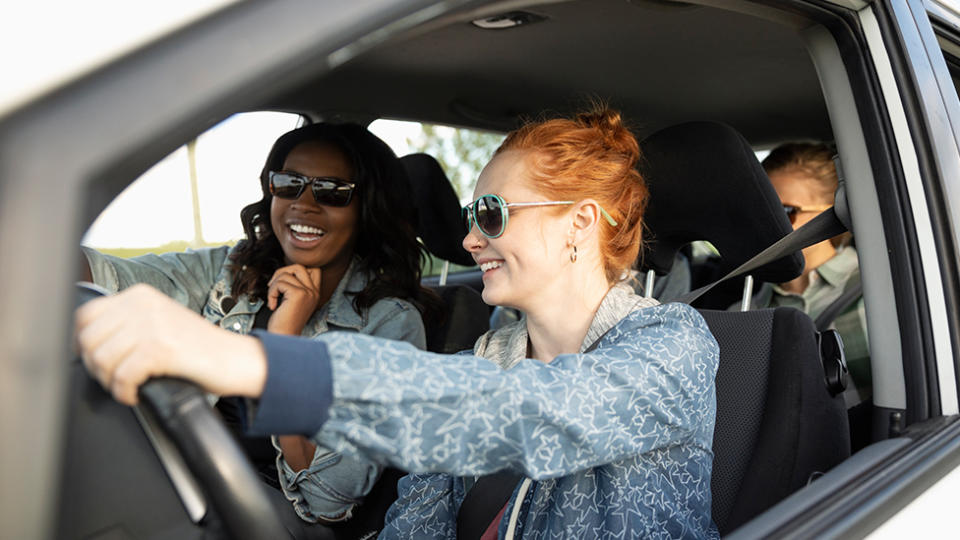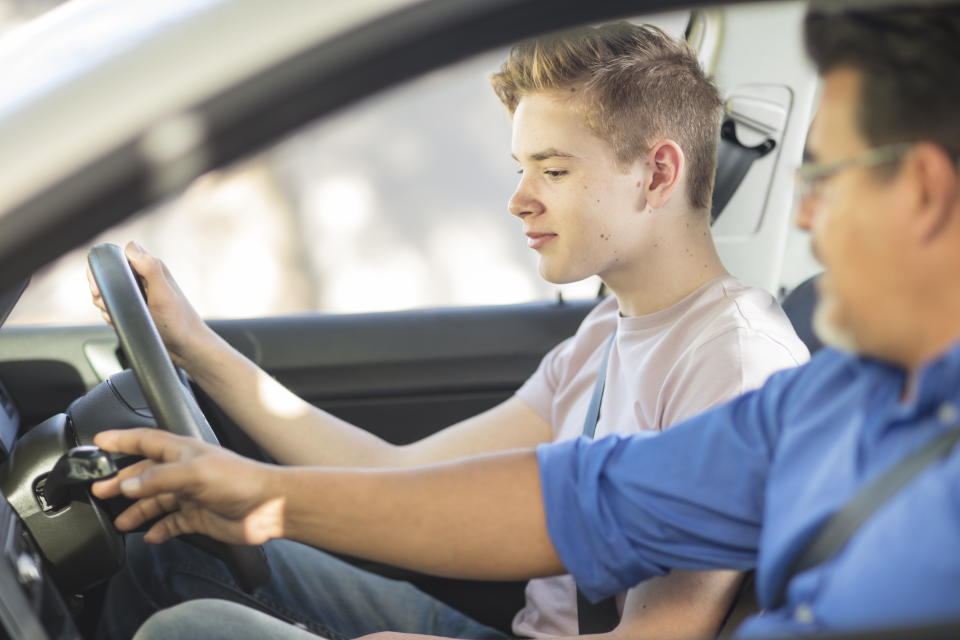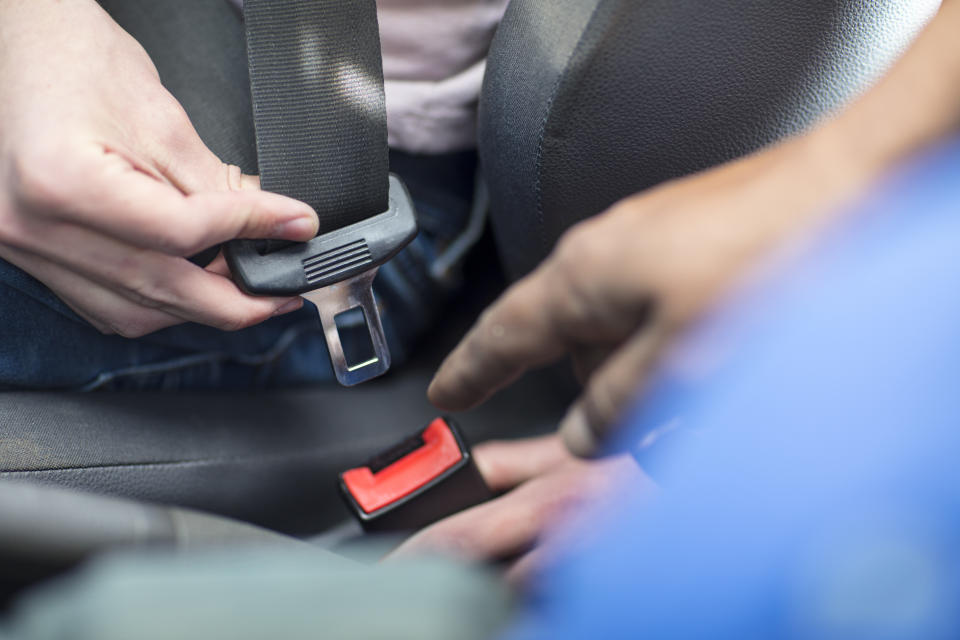The most dangerous behaviours teens engage in behind the wheel
Every year on Australian roads, more than 1000 people are killed, and nearly 30,000 people are seriously injured, according to the Bureau of Infrastructure, Transport and Regional Economics (BITRE).
There is one demographic which is over-represented regarding road crash victims.
According to BITRE, more than one in five drivers killed in 2016 were aged between 17 and 25, and one in four drivers seriously injured on the road were also in this age bracket.
A new report from the Family Institute of Family Studies shows 80 per cent of P-plate drivers and 55 per cent of learner drivers, aged 16 to 17, in Australia have engaged in some form of ‘risky’ driving at least once within their last 10 trips.

The most common ‘risks’ taken by P-plate and learner drivers
According to the Longitudinal Study of Australian Children report, speeding up to 10km/h over the speed limit and driving while tired are the two most common forms of risky driving, according to the report.
Seven out of 10 P-plate drivers admitted to exceeding the speed limit by more than 10km/h at least once on a recent trip. Four in 10 learner drivers also admitted to doing so.
About 30 per cent of all road accidents in Australia are a direct result of speeding, and the LSAC report states even when drivers speed only slightly, there is an increased risk of getting involved in a car accident.
‘Drowsy driving’ was also reportedly common among P-plate drivers and learners.
One in two P-platers and one in four learners admitted to driving while tired on a recent trip. However the report does point out this may not be a deliberate risk young drivers are taking.

The reports suggests this statistic reflects the ‘busy lifestyles’ of young Australians as they juggle work, school and other commitments.
Driver fatigue is relatively common, and 20 to 30 per cent of fatal crashes in Australia are a result of tired drivers and there is evidence which suggests sleep deprivation has a similar effect to alcohol on drivers.
Fortunately, it was uncommon for drivers aged between 16 to 17 to engage in drink and drug driving, around 4 per cent, according to the LSAC study.
The mistakes young passengers are making
While young people aren’t likely to drive while under the influence, it is common for teenagers to be a passenger of a driver who is under the influence.
One in 10 teenagers have been a passenger in a car where the driver has been under the influence of drugs or alcohol in the past year.
However of the teens who said they have been in a vehicle with someone under the influence, 45 per cent of them report that person was someone the same age as them, 25 per cent report that person being a parent.

Factors which influence ‘risky driving’
While teens are 2.5 to 3.5 times more likely to engage in ‘risky driving’, the LSAC reports states 16 to 17 year-olds are pretty good at ensuring they are wearing their seatbelts and helmets.
However, when you compare teens in metropolitan to rural areas, there is a disparity.
Compared to kids in major cities, teens in regional and remote areas are 2.6 times more likely to drive without seatbelts or helmets.
There was also a correlation between parents who had legal problems and teens who did not wear seatbelts or helmets, if they’re riding motorbikes.
“Teenagers whose parents had problems with the police or appeared in court during the past year had odds 2.5 times higher of driving without a seatbelt,” the report says.
Speeding was “significantly associated” with gender, and the research found males had a “somewhat higher” odds, compared to female.
However, there was no great difference regarding gender with other forms of ‘risky behaviour’.

Mobile phone use among young people
Earlier this year, a report from Queensland University of Technology found 15 per cent of 17 to 25-year-olds used the social media app Snapchat while driving.
“The vast majority of these app users (71 per cent) said they most commonly used it while stopped at a red light, but three per cent said they most commonly used Snapchat while driving at any speed,” PhD researcher Verity Truelove, from QUT’s Centre for Accident Research and Road Safety Queensland explained.
'It’s so dangerous': The biggest hazard on the road scaring paramedics
Will it stop you? The 'toughest' new punishment facing drivers caught on phones
Another QUT study found between 39 per cent and 73 per cent admit to using their mobile phone while driving, despite legislation prohibiting such behaviour.
Do you have a story tip? Email: newsroomau@yahoonews.com.
You can also follow us on Facebook, Instagram and Twitter and download the Yahoo News app from the App Store or Google Play.




